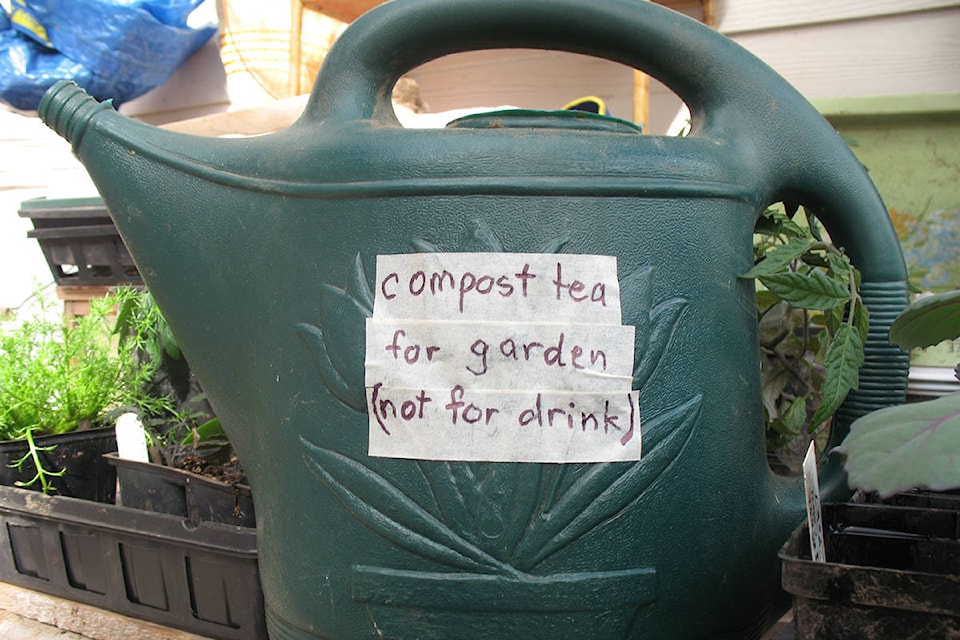By Mary Lowther
We’re stuck in the house again, noses pressed against the window as the deluge streams across the pane, distorting our view of the garden we would rather be working. This deprivation would be worth it if the ground soaked up this water to retain for the coming summer drought, but it won’t because it’s sand clear down to Mauritius.
I was always told that if we dug straight down we would get to China, but according to my globe that would bring us out in the middle of the Indian Ocean. Another childhood illusion tarnished, along with Saint Nicholas, the Easter Bunny and the Tooth Fairy, but at least those lies didn’t put me at risk of drowning!
I’ve also heard that adding silt will help sandy soil, but that’s pretty costly. I have dug in minimal amounts of clay because if I add much more it could turn into concrete when it mixed with the sand, which would give any surviving microorganisms indigestion. They already have a hard enough time, so why add to their problems? Compost made with a bit of clay sprinkled in the heap should become stable humus that retains minerals for many years, and winter cover crop keeps some nutrients in their roots that add to the soil when I dig them under in the spring.
Perhaps my soil has improved a bit with the clay and other amendments, but its basic sandy nature remains. Soil tests have shown a dearth of minerals and nitrogen even though the organic content is adequate, so I’m learning to treat it like a hydroponic garden with the added benefit of microorganisms in a pre-mixed stratum.
I bought two bottles of hydroponic liquid from Cowichan Hydroponics even though I thought it was expensive at $16 a bottle, and that was half price! One is used to support structural growth (Bio Vega by Canna) and the other supports flowering and fruiting (Bio Flores by Canna). When I diluted them at the recommended strength, I had only used half of each bottle by the end of the summer and the results were so good that when these two bottles run out at the end of this summer, I plan on buying two more.
I use diluted Vega and fish fertilizer for watering seedlings and I’ve explained in an earlier column how I prepare and use compost tea for the rest of the season on most of my plants, so I won’t go into that here. Tomatoes are a bit different because I don’t want to water their leaves and possibly encourage late blight. I drilled a quarter inch hole in the bottom of several buckets and every two weeks I put one beside a tomato plant. I pour two litres of compost tea into each bucket and when they empty out, I move the buckets to the next tomato plants and continue the process until the tomatoes have all been watered. This is in addition to the twice a week watering they get with the rest of the garden.
My plants don’t fall prey to disease except club root on the brassicas. Maybe I should put the compost tea into the root zone like I do with tomatoes, so that’s another experiment I’ll have to try this year. One would think that the winter rains would wash out all the club root fungi along with the nutrients, but life doesn’t work like that. I bet they hang on for dear life onto the root hairs of cover crops, waiting out the rain, surviving for the moment I plant their favoured brassicas in spring. I think we can all relate to a life form dependent on a resource economy.
By doing just part of the garden each day it takes a week to cover my thousand square feet with the tea, and it’s an easy chore. I thank my mentors for teaching me how to produce good food with a minimum of fuss. My sandy soil may require more amendments than one that has more silt and clay, but it’s doable and not expensive; it’s what I’ve got and what one can expect when living in a rainforest. It sure beats living anywhere else in Canada, but I’m not telling the easterners that or they’ll be out here in droves.
I caught David being honest in Cape Breton once, but he has been corrected. Now he explains that it usually stops raining in time for the fire season and that the lizards are poisonous but not too aggressive. You don’t need to go further when you reach Vancouver because you’ve already seen the ocean, he says. Or else.
Please contact mary_lowther@yahoo.ca with questions and suggestions since I need all the help I can get.
